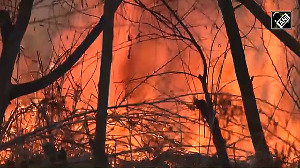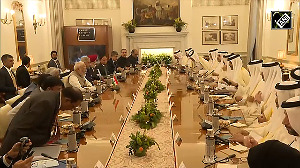Mumbai Police has decided to educate internet users about the do's and don'ts of Wi-Fi internet connection, following spurt in its misuse, especially by anti-social elements, a senior crime branch official said in Mumbai.
Tips to protect your WiFi from hackers
"The crime branch initiative will start soon. A team of experts will educate the users as to what kind of precautions should be taken while using the Wi-Fi internet connections," said Rakesh Maria, Joint Commissioner of Police (Crime).
"An expert team consisting members from Cyber Crime Investigation Cell, Crime Branch and CID in association with NASSCOM would visit and check all private and government institutions like government offices, schools, colleges and companies in the coming few days," Maria added.
"We will educate about Do's and Don'ts when they use Wi-Fi connections. A list of Do's and Don'ts will be given," said Maria.
Router should always be located at the centre of the working place and never near windows and door, range of the router should be limited, keep wireless router password protected and not to keep on default, assign different internal I P address to each MAC ID are among the various precautions a user should keep in mind, Maria added.
"A slight carelessness of Wi-Fi user will cause a huge damage. Hence, the initiative would be started on a priority basis," said a cyber cell officer.
"Even surprise checks would also be done to alert Wi-Fi users," the officer added.
The initiative was taken up by the Mumbai police in the backdrop of terror mails sent before blasts and terror attacks.
This step was taken at a conference on Friday where around 80 police personnel were present to learn about Wi-Fi connections and cyber crime.
Terror mails were sent through unsecured Wi-Fi connections prior to the Delhi and Ahmedabad blasts. While the mail sent before the Ahmedabad blasts was traced to the residence of US national Kenneth Heywood in Navi Mumbai, the mail sent prior to the Delhi blast was traced to a residence in suburban Chembur.
The Wi-Fi connections in both the cases were unsecured, which was used to send the terror mails.






 © 2025
© 2025